Content:
Feeding broilers at home requires the right approach to balanced nutrition in order for the birds to reach the desired weight in a short period of time. In private backyards they use food waste, grass, vegetables. The poultry house is interested in how many broilers to keep.
Conditions for feeding broilers for slaughter
Meat chickens are unpretentious, however, their diet and content determine early maturity and weight.
The bird needs special feeding. To grow healthy chickens, they carefully select feed, carry out programs for increasing chicken.
It is important to comply with the content requirements broiler chickens and take care of them daily:
- A place. For chickens, they equip a poultry house, keep in cages or on a bedding.
- The thickness of the litter is maximum 10 cm and includes sawdust or other loose material. 18 individuals are allowed per 1 m2.
- Temperature conditions. In the first week of life, young animals provide a temperature in the range of + 26 ... + 33 ° С, then they carry out a decrease to + 19 ... + 18 ° С.
- Illumination. The chicken coop is illuminated around the clock. The light is dim. The lamp power in the first week is 1.8 W per 1 m2, later 1.2 W - up to 7 weeks of growing and at the end a 0.6 W lamp is used. Sometimes the brightness of the lighting is the root cause of biting. The lamp of the lamp is painted in green or red tones.
- Purity. Regularly monitor and maintain order in the room. They systematically clean and change the litter. To prevent dysfunction of the gastrointestinal tract in broilers, the feeders are washed out along with the drinkers with boiled water and disinfectants.
- Care. To prevent diseases, chickens are examined every day, fed in a balanced way. Sluggish and afflicted chickens are isolated from the livestock and treated.
Raising chickens for meat
If broiler breeds are raised, the business is profitable. A couple of months after buying 30 chickens, the owner is able to get about 90 kg of dietary product. Chicks up to 20 days old give a good increase per day. To maintain the growth rate after 3 weeks, it is required to maintain a certain humidity in the room, control the temperature and diet.
Breeding young stock does not take more than 3 months - this is how long broilers grow. This is followed by slower growth and greater feed consumption. To adjust the weight gain over the measured period for chickens, it is useful to know how much broilers need to be raised to slaughter, and how the gain changes with age. The chicken gains weight within 2 months and reaches 2-2.5 kg.
From the age of 10 days, the rational nutrition of birds and adherence to the feeding regime are strictly monitored:
- In case of a shortage of the standard weight by broilers, the calorie content of the feed is increased. Otherwise, breeding a bird is not a very profitable activity. When a large chick is hatched, the weight is 50 g. A medium sized chick weighs 40 g.
- In order for broilers to gain weight rapidly, they are fed with factory feed. Dry food is poured on young animals for 10 days. By this time, weight gain is carried out within 200 g.
- Correct feeding guarantees 5 times the weight in 10 days. At 14 days, the weight of the chicken is 500 g. Further, the inhibition of the growth of the bird.
- Within a month after hatching, the weight of the broiler reaches 1000-1500 g.The tenderness of broiler meat will tell you when to cut the poultry. 60-day-old chicks weigh 3 kg.
Broiler feed
It is important for poultry farmers to know how much feed they need to raise a broiler at home.
Feed consumption by age and estimated live weight gain
| Chick age | 1 day - 2 weeks | 2 weeks -1 month | 1-1.5 months |
|---|---|---|---|
| Feed consumption (g) | 15-80 | 80-120 | 120-180 |
| Average weight | 40g-0.5kg | 0.5-1.6 kg | 1.6-2.5 kg |
| Average growth (year) | 30 | 48 | 55 |
Broiler feeding follows a specific structure. In order for the chicks to gain weight alive, it will be necessary to ensure regular feeding and soldering, according to the scheme: start - start - feeding - finish.
Liquid requirement:
- freshness;
- purity;
- not higher than + 18 ... + 22 ° С.
Pre-Slaughter Broiler Feeding Chart
It is important to remember the age of the bird for the effectiveness of the diet. To understand how much feed a broiler eats before slaughter, you need a table. She shows the rate of chickens per day. The table allows you to control the standards for successful bird rearing.
Chicks consume 15 g of feed within 5 days. After 5 days, the dosage is increased to 20 g. Starting from day 11 to 20, from 45 g of compound feed is consumed daily. Then every 2 weeks there is an increase in the amount of feed by 20 g. One month old chick eats 120 g.
The nutrition table and visual information will make it easier to calculate the diet.
The amount of food, depending on the age of the chicks
| Age, days | Feed, g. |
|---|---|
| 01.05.2018 | 15 |
| 06.10.2018 | 20 |
| 01.11.2020 | 80 |
| 21-30 | 120 |
| 31-45 | 180 |
| 46-60 | 220 |
You will often need to feed the chicks for the first 5 days. Chickens eat 8 times a day, but in small doses. Young animals have a poorly developed digestive system: they do not digest food in large volumes.
A week later, the chickens are fed five times a day. At the age of 1 month and until broilers are slaughtered, two-time fattening is suitable.
Broiler diet
Chickens need a balanced diet. For weight gain, mash is used, as well as dry food in granules.
The mash contains whey or milk, as well as compound feed. Meat broth is good. 0.5 l of water is given per 1000 g of dry chicken feed. The product acidifies quickly. An hour after feeding, remove the remnants of food and wash the dishes.
The compound feed contains ingredients:
- oats and wheat;
- fishmeal and corn;
- table salt and barley;
- cake.
The age of the bird affects the set of components.
Vitamins in the chicken menu
Chicks have an acute reaction to vitamin deficiency in food. Broilers are systematically in need of special vitamin supplements.
Vitamins A and E appear on the menu on the 5th day. This is followed by the addition of ergocalciferol. The ratio is adhered to: for 10 ml of D2 0.5 l of vegetable oil. Storing the mixture in the refrigerator. The chicks are fed 2 times a week, adding 1 tsp. preparation for 1000 g of feed.
Grass feeding
Greens and grasses are building blocks in poultry food. Responsible for the provision of chickens with vitamins. A special blend that includes trace elements and grains can be found on the market. Separate adult broilers so that they cannot eat the chickens.
It is advisable to mow the grass before feeding. The greens are mixed with flour from oats and barley together with curdled milk.
Chopped grass is fed to the bird from 5 days, spend 3 g per broiler daily. After a couple of days, the standard rises to 5 years, but no more.
Crushed greens in a volume of 7 g are given to chickens from 11 to 20 days. On day 21, increase to 10 g. An increase to 17 g falls on 41-50 days.
Greens that benefit chickens:
- sorrel and radish foliage;
- plantain and onion feather;
- peas and wood lice;
- dandelions and salad;
- quinoa and garlic stalks.
Herbs containing many nutrients are required for the growth of broilers.Plants are carefully selected for fear of chicken poisoning.
Toxic plants:
- burdock and potato flowers, foliage;
- white acacia and tomato branches;
- horse chestnut and elderberry;
- juniper, leaves and pear pits.
When and how to cut broilers
The owner of the yard decides on his own when to cut broilers. Broiler weight gain is the starting point for slaughter. Often, domesticated broiler chickens are slaughtered at 80 days of age when they reach at least 2.5 kg. Raising chickens for a longer period is not profitable. The bird grows faster in the first month, then development slows down.
Before slaughtering broilers, preliminary preparation is carried out:
- Antibiotics are banned 3 weeks before slaughter.
- Fish waste, minced meat, gravel are excluded from the diet in 12 days.
- Immediately before slaughter, the chickens are kept on starvation rations for 12 hours, this does not apply to water. Fasting is carried out in the daytime for the normal functioning of the digestive system. Otherwise, the remnants of indigestion and waste from the excretory system will end up inside the carcass and spoil the taste of the meat.
- To preserve the presentation, individuals are held by their paws. When you take the wing, bruising appears. When catching, proceed carefully to avoid injury to the abdomen and wings.
Broiler slaughtering attachment
When slaughtering boilers, a practical device is used, which allows for a quick and humane preparation of the carcass. The device will help you how to cut broilers and other birds at home.
To make a tool, you do not need to buy expensive materials - all the required building materials are easy to find in a subsidiary farm.
Suitable for manufacturing:
- unusable bucket;
- trimming of roofing sheet;
- 3 liter plastic bottle.
For making a cone fit drawings or patterns.
Cone according to drawing
When making a mechanism for slaughtering broilers, they are repelled by the size of the birds.
The tool drawings represent the Truncated Cone Model from the 8th Grade Geometry Tutorial. Inserting the required dimensions will allow you to obtain an individual measurement for a blank made of sheet iron 0.4-0.5 mm.
They use a different technique, which is simple and fast:
- make a paper bag that is the same size as the cone;
- a chilled carcass is suitable as a sample;
- the broiler fits easily into the opening at the top of the funnel;
- the required dimensions are marked on the bag;
- unnecessary areas (overlap and the lower part of the cone) are cut off;
- the opening from the bottom is made under the head of a large broiler in the poultry house;
- unrolling the bag creates a drawing of the planned product.
Practitioner tips
The elementary nature of the manufacturing technology allows you to cope with the mechanism for slaughtering poultry, subject to the advice
- as a rule, the diameter of the truncated cone at the bottom is 8 cm;
- the funnel is at least 30 cm high to prevent the broiler from falling out, which is turned upside down;
- free entry of the carcass into the device, while the paws remain behind the cone, the diameter of which at the top ranges from 25 to 30 cm.
Manufacturing
Transfer the outline drawing to sheet metal. With scissors for metal or a jigsaw, the structure is cut out.
When a novice master does not have skills, they fasten the reamer into a cone, overlap holes and attach them with wire.
Slaughter meat yield
When slaughtering poultry, the following techniques are used:
- external: with scissors at the bottom of the ear, a 2 cm long incision is made, exsanguination of the carcass takes 2 minutes;
- internal: the scissors are inserted into the chick's beak, and the vessels over the tongue are cut at the jugular and pavement veins.
Plucking the carcass is carried out in water, which is heated to + 60 ... + 70 ° C. Complete the processing manually. Gutted on a special table.
The output of chicken meat is set by the ratio of the weight of the chicken to the pre-slaughter weight of the chicken in percentage. In half-gutted chicken carcasses, the broiler meat yield from live weight is 81.8%.
In broilers, the slaughter weight determines the processing of the carcass: in un-gutted chickens it is the highest, because it contains a mass of bloodless and plucked individuals with fat, paws, head, in addition, includes internal organs. The weight of a semi-gutted chicken includes the carcass with fat, but excluding the intestines.
If the chickens are completely gutted, they get rid of:
- intestines and blood;
- down and feather;
- head and internal organs;
- wing to the elbow joint and legs.
The growth of broiler breeds is entirely dependent on the diet and growing conditions. When raising birds, certain periods are observed when chickens gain weight. Broilers are efficient in terms of feed to body weight. Poultry farmers use specific feeding patterns to minimize feed costs and increase the growth of broiler meat in private farms. The correct menu, according to the recommendations, will allow you to eat chicken after 2 months.
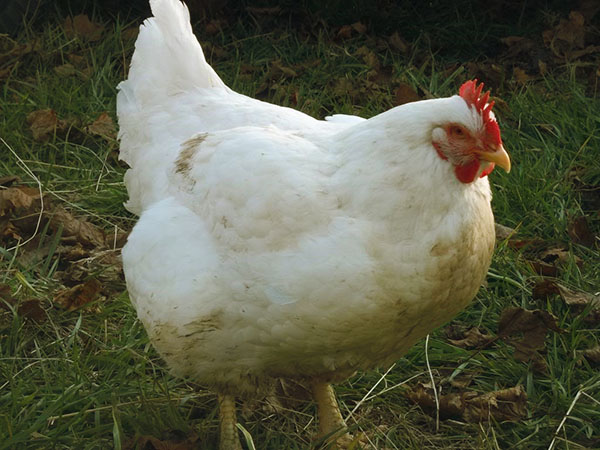
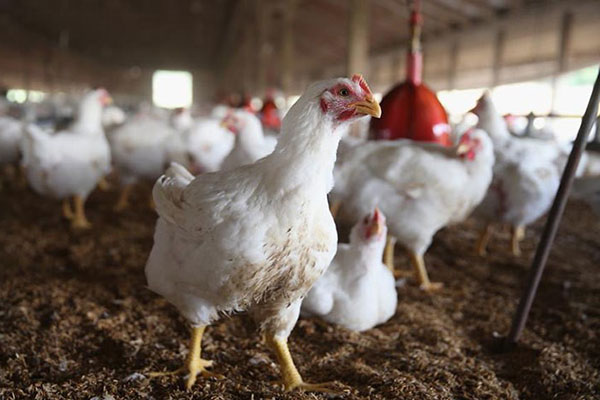
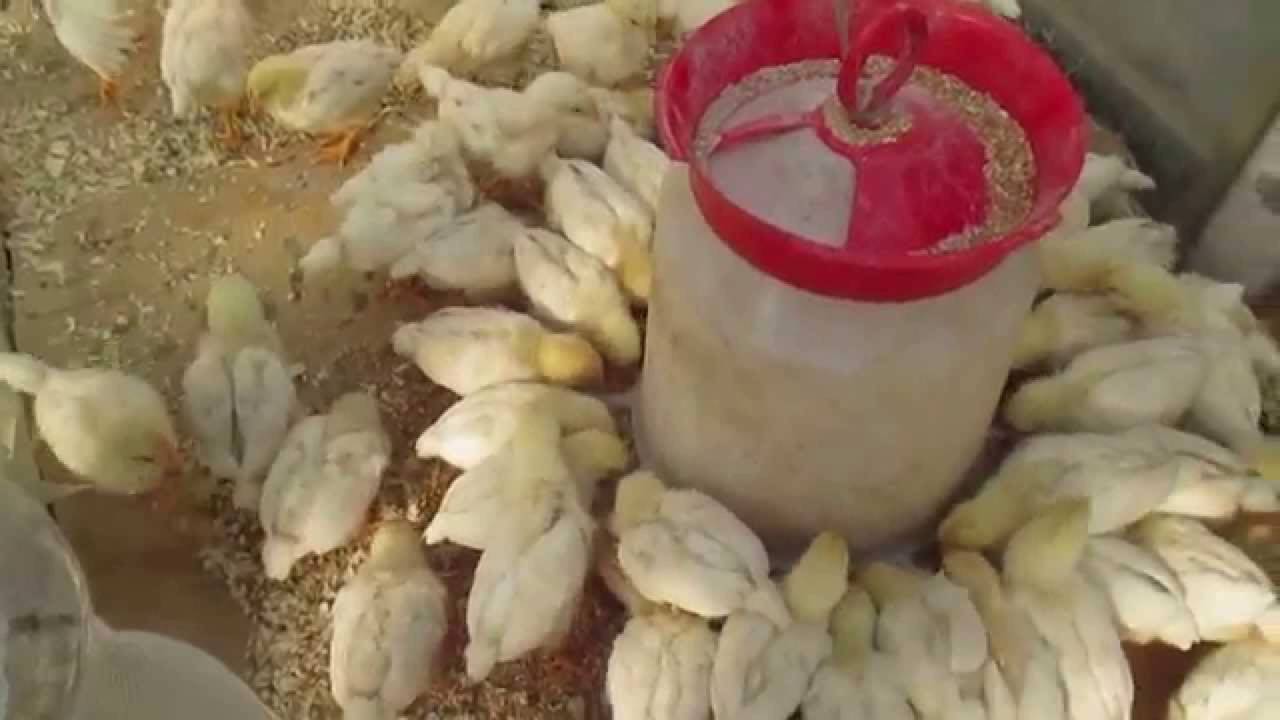
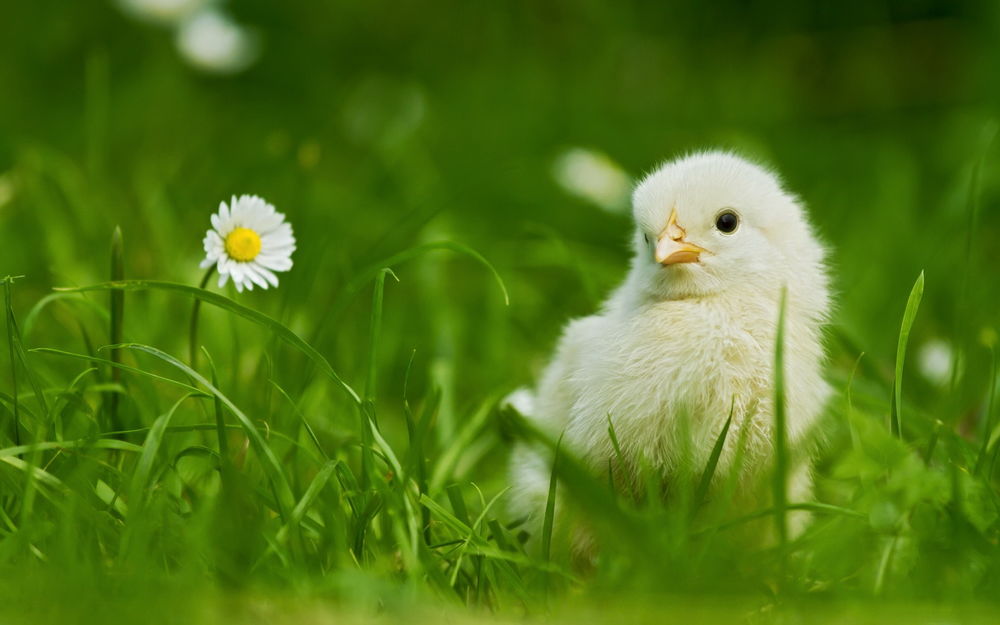
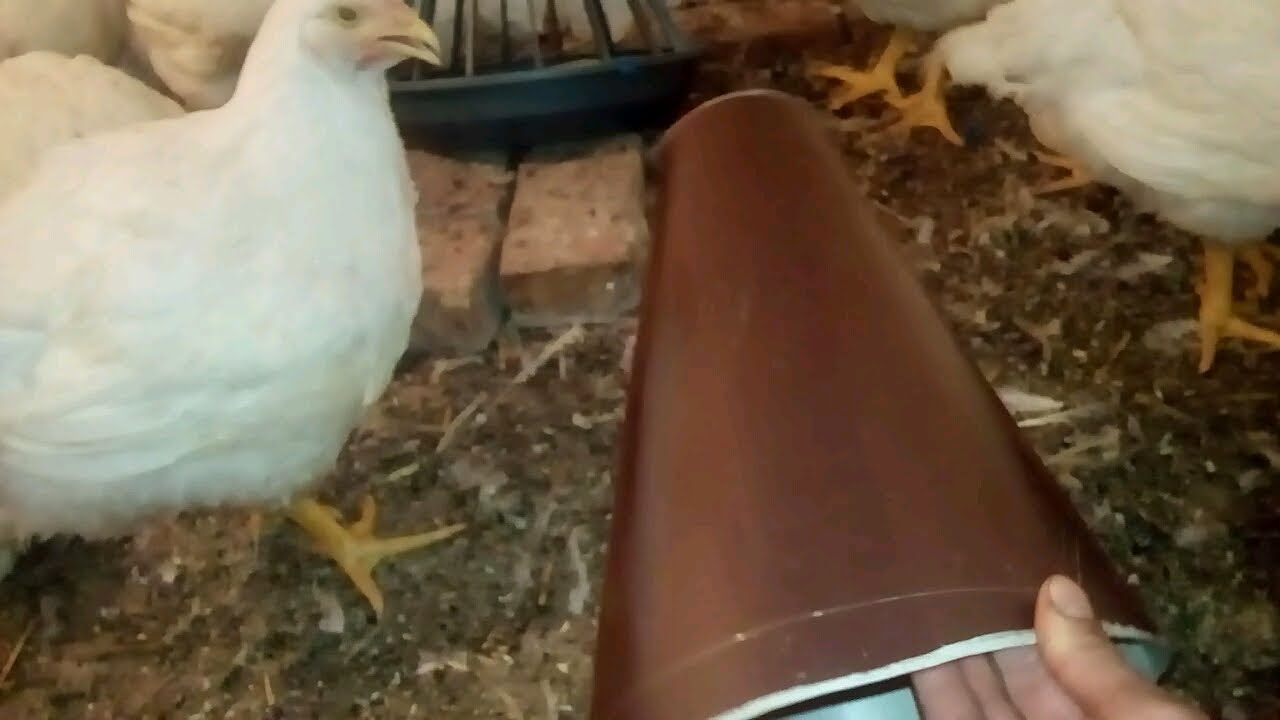
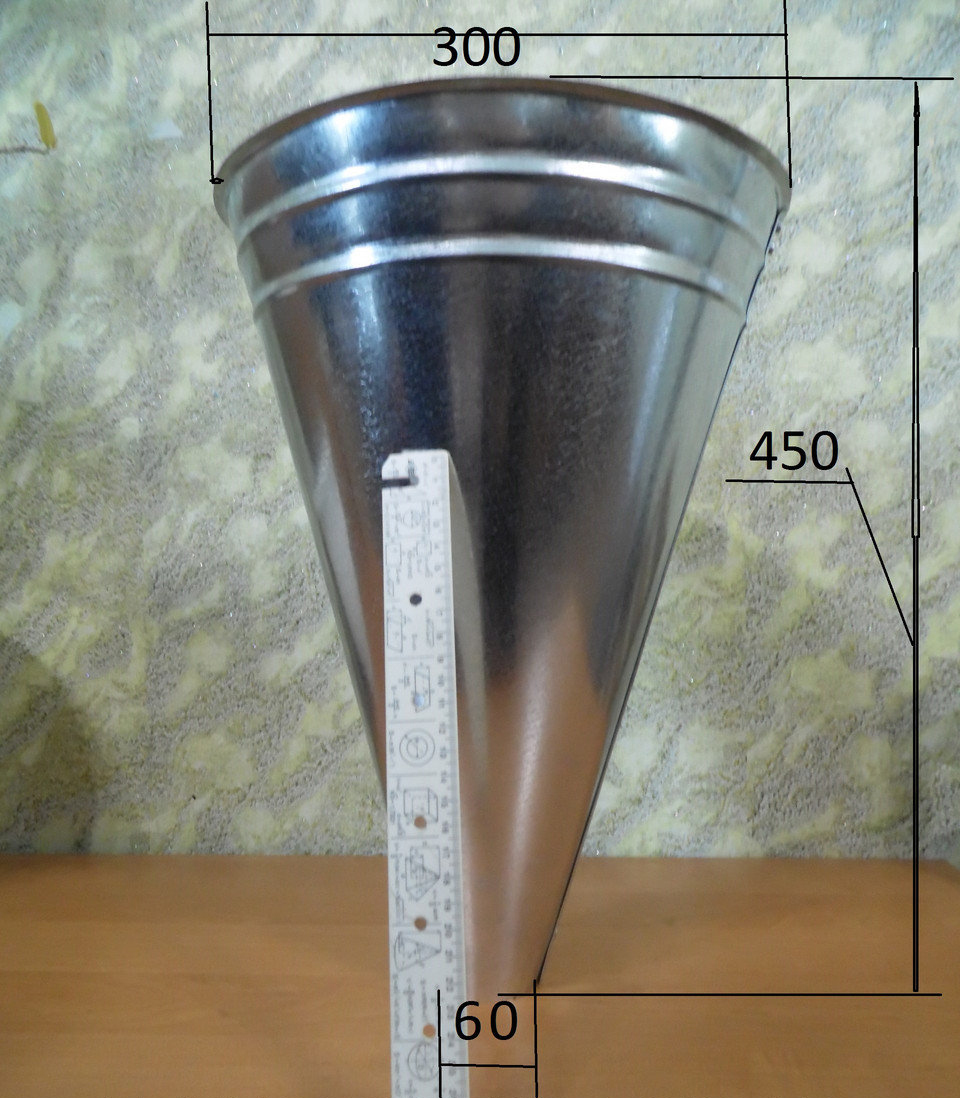
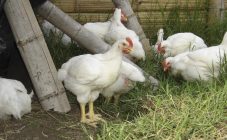
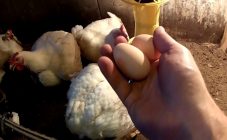
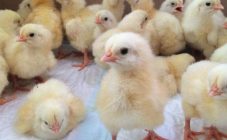
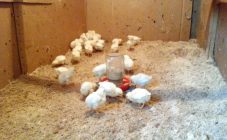
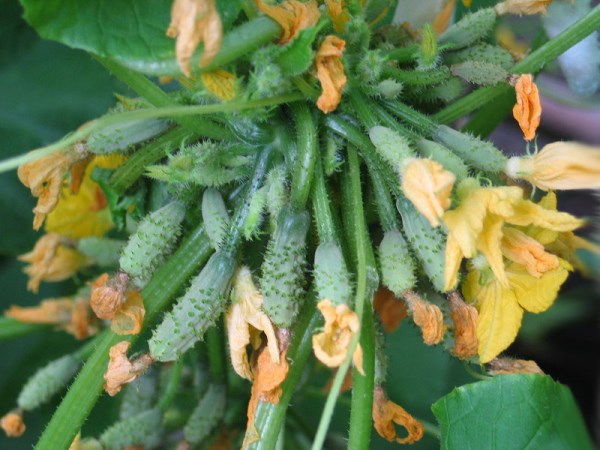
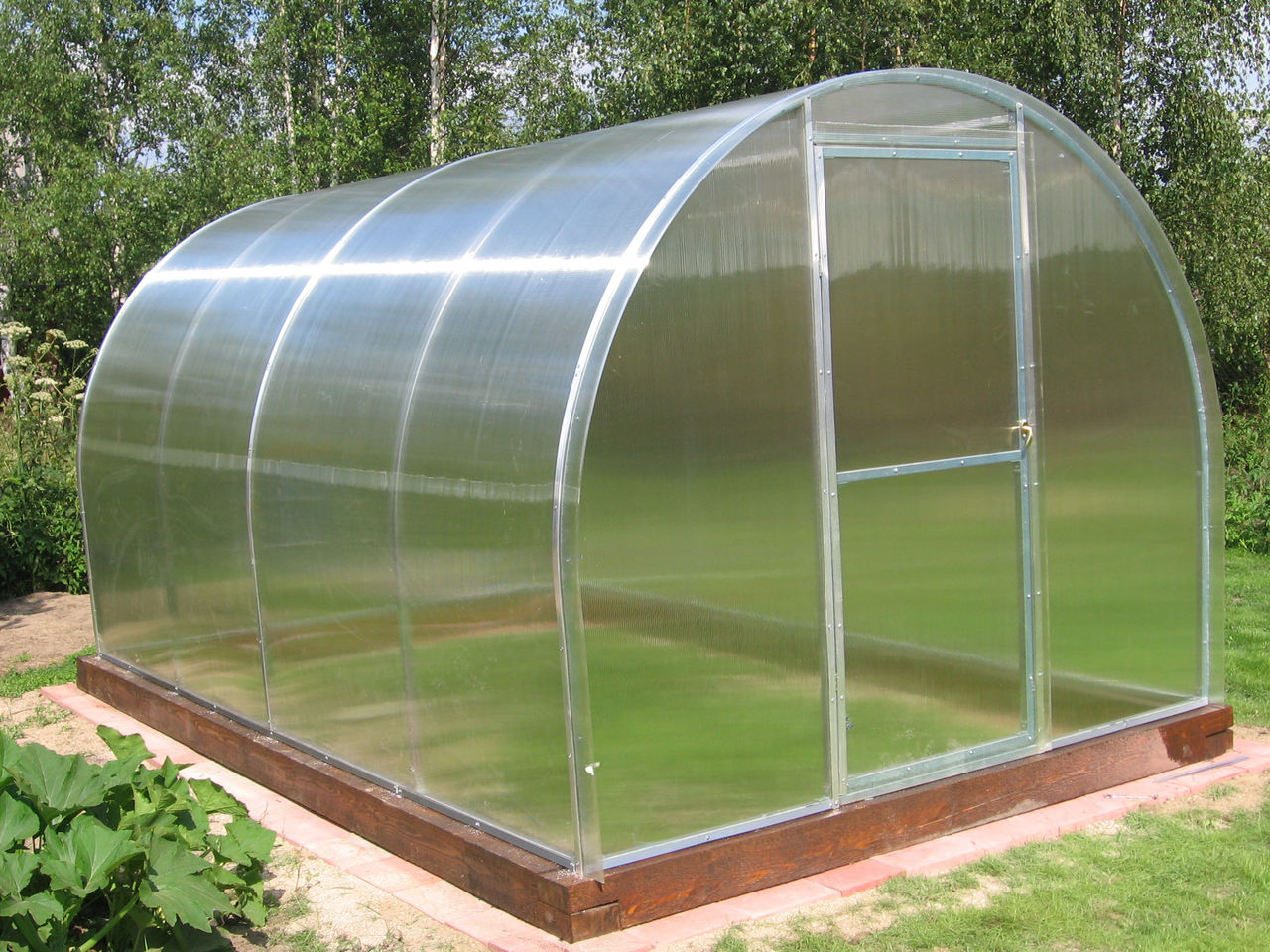







when slaughtering, I take an old torn women's pantyhose, cut it off in the area of the thumb, measure the length with paws and also cut it off, then take it pull it on the chicken and always cut everything clean and whole